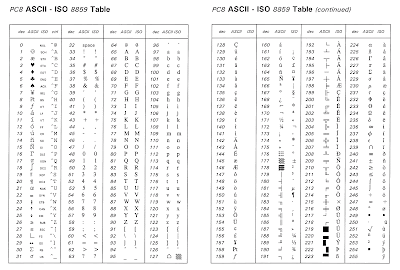Software Piracy
a) What is Software Piracy?
Software Piracy:
Definition: Software piracy refers to the unauthorized use, reproduction, distribution, or sale of software. It involves copying, sharing, or using software without proper licensing or permission from the software's copyright holder.
Forms of Software Piracy:
- Illegal Copying: Duplication of software without authorization, such as copying and distributing software through CDs, DVDs, or digital files.
- Unlicensed Distribution: Sharing software through peer-to-peer networks or online platforms without proper licensing.
- Cracked Software: Using software that has been tampered with to bypass licensing or activation mechanisms, making it possible to use the software without a valid license.
- Software Counterfeiting: Producing and selling fake copies of software that appear to be legitimate.
Implications:
- Legal Consequences: Engaging in software piracy can result in legal actions, fines, and penalties for violating copyright laws.
- Security Risks: Pirated software may contain malware, vulnerabilities, or other security risks that can compromise system integrity and data security.
- Economic Impact: Software piracy affects the revenue of software developers and companies, impacting their ability to invest in new development and support.
b) Examples of Inappropriate Sharing of Information Among Organizations and Employees
**1. Sharing Confidential Business Strategies:
- Description: An employee discloses sensitive business strategies or plans to a competitor or unauthorized party. This can include strategic initiatives, market analysis, or upcoming product launches.
- Example: An employee at Company A shares details about their company's upcoming product release with a friend who works for a rival company, giving the rival an unfair advantage.
- Implications: This can lead to competitive disadvantage, loss of intellectual property, and potential financial losses.
**2. Unauthorized Access to Customer Data:
- Description: Employees access or share customer data without proper authorization, either for personal use or with external parties. This can include sensitive information such as personal identification details, financial data, or transaction history.
- Example: A customer service representative at a bank accesses a customer's financial records and shares this information with an unauthorized third party for personal gain.
- Implications: This can result in data breaches, loss of customer trust, legal consequences for violating data protection regulations, and potential harm to customers.
**3. Internal Sharing of Trade Secrets:
- Description: Employees share proprietary information or trade secrets within the organization inappropriately, such as disclosing confidential information to individuals or departments not authorized to view it.
- Example: An employee involved in research and development shares details of a new patented technology with marketing and sales teams who do not need to know the specifics for their roles.
- Implications: This can lead to information leakage, unintended exposure of trade secrets, and potential loss of competitive advantage or legal issues related to intellectual property protection.
Summary
Software Piracy: Unauthorized use, reproduction, or distribution of software, leading to legal, security, and economic consequences.
Inappropriate Sharing of Information:
- Confidential Business Strategies: Disclosing sensitive plans to competitors.
- Unauthorized Access to Customer Data: Sharing customer information without permission.
- Internal Sharing of Trade Secrets: Revealing proprietary information to unauthorized individuals or departments.


Ulasan